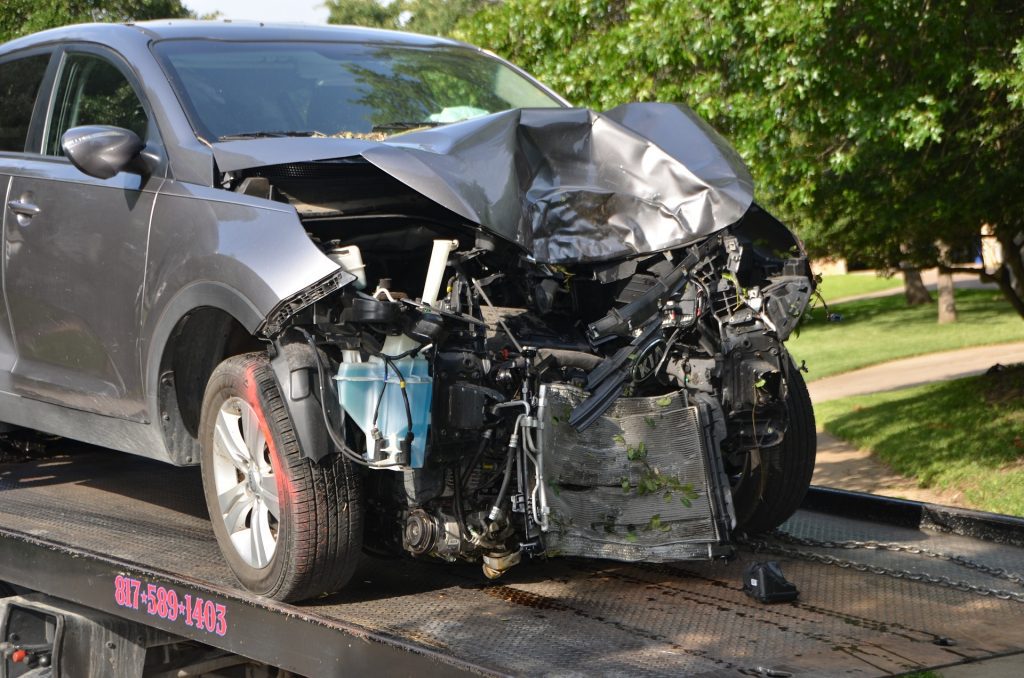Why have taxi insurance premiums gone up?

We are all feeling the pinch as the cost-of-living crisis makes things more expensive for everyone, so as taxi drivers continue to operate safely on the roads, they understandably want to know why their private hire and public hire premiums are going up for their taxi insurance.
While a clean licence and claims-free motoring help keep taxi insurance premiums low, some of the factors that affect the price are beyond the control of drivers and insurers, and may even result from events on the other side of the world.
There are several recent factors behind the global and UK cost-of-living crisis we are all struggling through. While the war in Ukraine and last year’s Suez Canal blockage caused major disruption to the global supply chain, closer to home, Brexit and the slow recovery from the Covid-19 pandemic continue to put further pressure on everyone’s finances.
This means that the cost of insurance claims has risen as it is more expensive to repair and replace vehicles. Because of this, the cost of taxi insurance and motoring in general has also gone up.
Global insurance brokerage, risk management and consulting firm Gallagher calculates inflation to taxi insurance premiums at 10 per cent because a shortage of parts means higher prices and repairs often take longer to complete. This increases demand for replacement hire cars, which are being used for longer periods, which also increases the cost.
In some cases, initial settlement offers have been rejected by drivers because of the increased value of their vehicle at the time of a claim.
The shortage of new and used vehicles also pushes up prices, which means insurers have to pay out more to replace a vehicle in the event of a claim. The cost of repairs, parts and labour have also increased, further adding to repair bills footed by insurers.
Huge demand for specialist parts and labour may also see vehicles that would normally be repaired being declared as total losses.
As well as dealing with the aftermath of a collision and claim, the shortage of vehicles and parts has led to an increase in thefts of vehicles, including expensive parts such as catalytic converters. Thieves can cut through exhaust manifolds and disappear with a catalytic converter in seconds, leaving behind thousands of pounds worth of damage.
The cost of repairing cars that have had their catalytic converters stolen can be enough to see them written off by insurers. This has been a concern with certain vehicles which are popular with the taxi fleet, such as hybrids with dual catalytic converters.
Another recent factor that has added to the cost of taxi insurance premiums is that vehicles which would have been classed as write-offs are being repaired and put back on the road because of the shortage of suitable and affordable replacements.
There are still ways taxi drivers can help keep their premiums low, such as choosing vehicles in a low insurance category, keeping their licence clean, building up their no-claims discount and deciding when and where to work – taxi drivers who operate in city centres on Friday and Saturday nights are considered higher risk and can expect to pay more than a driver operating during the day in a quieter setting.
In the event of a collision, taxi drivers can also protect themselves in a number of ways. They should make their insurer aware of and hand over any evidence such as dash-cam footage or CCTV.
If a taxi driver has any concerns about an incident, especially if they believe it could be a crash-for-cash claim, they should report it immediately. Insurance fraud is one of the biggest reasons premiums go up each year. The sooner an insurer is involved with a claim, the greater chance they have of detecting possible fraud and saving themselves and their driver a lot of money.






